Of camels & brand trust – Deconstructing Bisleri’s campaign strategy - Part 2
In Part 1 of this feature report, we had traced Bisleri’s over 50-year journey in India, the factors contributing to its growth and the level-headed marketing strategy that has led to Bisleri claiming a majority share of the branded bottled drinking water market in India today.
Bisleri’s campaigns, too, have contributed to the brand’s spread in the country, especially its endearing campaigns featuring camels. Conceptualised by 82.5 Communications, Bisleri’s campaign – ‘Har paani ki bottle Bisleri nahi’ - bagged top honours at the Star Re.Imagine Awards 2019, winning the award for excellence in creativity (Best Creative on TV). The campaign also received Special Mention from the jury.
Elaborating on the campaign, Sumanto Chattopadhyay, Chairman & Chief Creative Officer, 82.5 Communications, The Ogilvy Group, said, “The Bisleri campaign is the fruit of the wonderful relationship between Bisleri and 82.5. It is based on mutual trust and born of the agency’s proven track-record for the brand. Kudos to Anuraag, Samrat and their teams for making it happen. Congratulations to Bisleri for becoming the most trusted brand in India, a well-deserved distinction.”
As far as ad spends are concerned, Anjana Ghosh informed that TV took up 80 per cent of the spends. There was considerable campaign activity during Vivo IPL 2019, and this has continued even during the ongoing ICC Cricket World Cup 2019, though to a lesser degree as “you don’t know when these ads will be shown in the 8 hours of the match play”, said Ghosh, adding, “Hence, digital is much more engaged and easy to see.”
Anjana Ghosh, Director – Marketing & Business Development and Anurag Khandelwal, Creative Head, Mumbai, 82.5 Communications, continue with their conversation with Adgully and take us behind the scene to the making of the camel campaigns. In addition, they also talks about Bisleri’s #BottleForChange campaign to create awareness about plastic recycling and more. Excerpts:
The campaign strategy
82.5 Communications (then Soho Square) pitched for the Bisleri account in 2013. We presented a slightly different creative. JC and the team loved it and they also liked the energy of the team. We won the account and the first campaign that we did for Bisleri was ‘Kiss to Drink’, which was a funky campaign, and that’s how we started the association.
Bisleri launched labels in regional languages across India in 2017, the first in this category to do so. India being a multilingual country, people prefer communication in their local language too. Hence, the move aimed to connect with the local people in different markets and help them to identify and relate to the brand in languages they understand. It would also help consumers to recognize the genuine Bisleri bottle and avoid buying counterfeit products or products which spell differently but look the same. Labels were released in several local languages like Hindi, Marathi, Gujarati, Punjabi, Tamil, Telugu, Assamese, Malayalam, Kannada, Bengali, and Oriya across different SKUs. We did a major campaign 2 years back in as many as 14 languages as people, who may not be well-versed in English, will surely feel connected with their mother tongue.
We chose to release the ad during the Republic Day parade. It was simple, with more on-ground done in detail. It was all on digital.
The ideation
I am just a medium – all creative people are mediums – the push comes from RJC, who wants us to do something unique every time, such as creating the best creative for a 30-second ad. Initially, the script that we presented had a camel that gave a man Bisleri water to drink. We then thought, why not make it a world where camels are the real heroes and humans have a minimal role. The whole association of camels with water is so simple and when we made the camels talk, we felt like we really cracked it. Rajiv Rao has directed the film, while the production house is Nirvana. The music was composed by Amey Mangolkar, while Ila Arun, Piyush Pandey, and Ranveer Shorey lent their voices to the camels!
Believe it or not, we actually ‘auditioned’ several camels for the ad films. Initially there was some debate on whether we should use computed generated camels or real camels, we settled for real camels. It was not an easy task working with camels. We had special trainers who trained the camels for 2 months and we did reams and reams of research on how to get the camels to perform. We kept it very real – some scenes were done naturally by the camels themselves, such as drinking water from the bottle, only when the camels were talking did we use computer graphics. We gave the camels something to chew so that their mouths kept moving to give the impression that they were talking. We shot in Jodhpur in temperatures crossing 40 degree Celsius. It took us almost five days to shoot the 3 commercials. However, the editing and post production work took up the bulk of the time.
We normally don’t do any kind of dip stick measurement after an ad goes on air. The ad on its own spoke so well in Digital as well as on TV. In digital media, you can count the impressions very well. But it is the response that you get from people, which is something else that no award can match up. We create the ad, but it is the common people who make it valuable when they enjoy the advertisement.
For the current ad we did not create a 6-second pre-roll for digital. As digital is everywhere, thanks to cheap data available, all formats of the ad are going on digital. This is also to reaffirm to the people that not every bottle is Bisleri.
On #BottleForChange drive
Bottle for Change is an initiative by Bisleri International and is aimed at creating awareness amongst all citizens about waste segregation, recycling of plastic bottles and best practices towards cleaner environment. As part of the programme, we conduct plastic recycling awareness and collection drives in schools, colleges, corporate offices, malls and social gatherings.
We have partnered with 3 NGOs in Mumbai. The plastic collected is crushed, sold to recyclers and then converted into flakes. These flakes are then used to create non-edible products such as cloth fabric, handbags, window blinds and other useful products.
We don’t have a depository for bottles. Through #BottleForChange, we are reaching to consumers to tell not to dispose of the bottles in waste, instead keep them separately and give them to their housekeeping guy who would sell it to the kabadiwala – and the chain will continue till the bottles reach the recycling outlet. But the moment they put the bottles in the dustbin, they would end up in the dump yard. We spent the last one year in readying the programme by setting up the chain from the consumers to housekeeping to the kabadiwala and then to the recycler. We are happy to see how successful this chain is turning out to be.
The whole conversation started around how plastic is perceived. In any average household, almost 70-80 per cent is comprised of plastic. First thing is to educate people. It is not about plastic, but how you use it as well as how you recycle it. Right now, there is very little awareness about recycling plastic. We believe in catching them young and hence are involving kids to start this revolution.



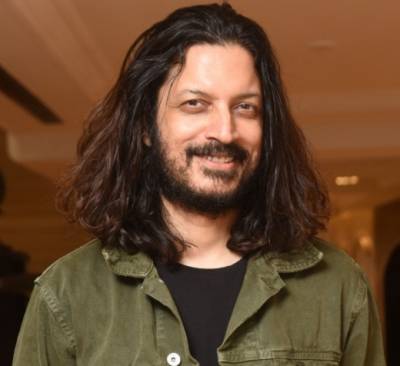
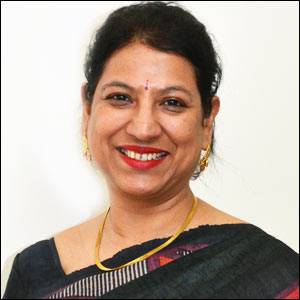
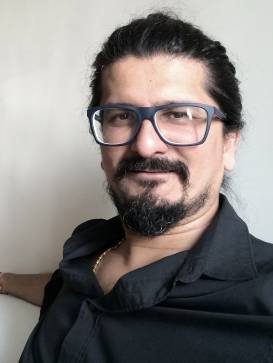
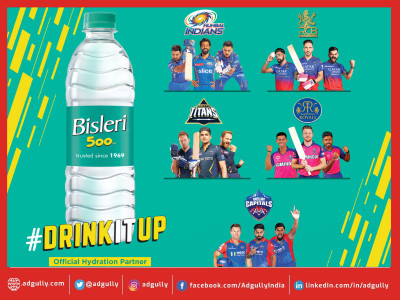
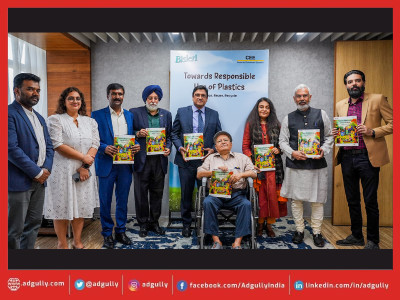



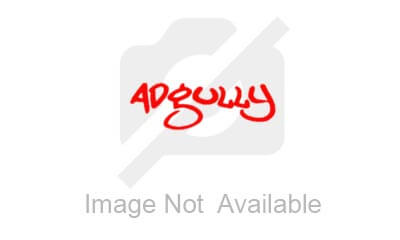

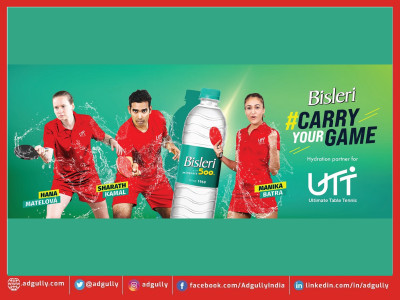


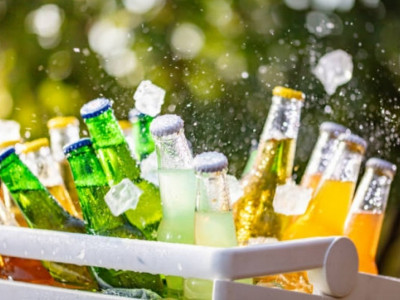
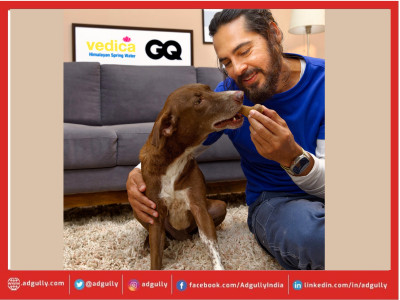


Share
Facebook
YouTube
Tweet
Twitter
LinkedIn